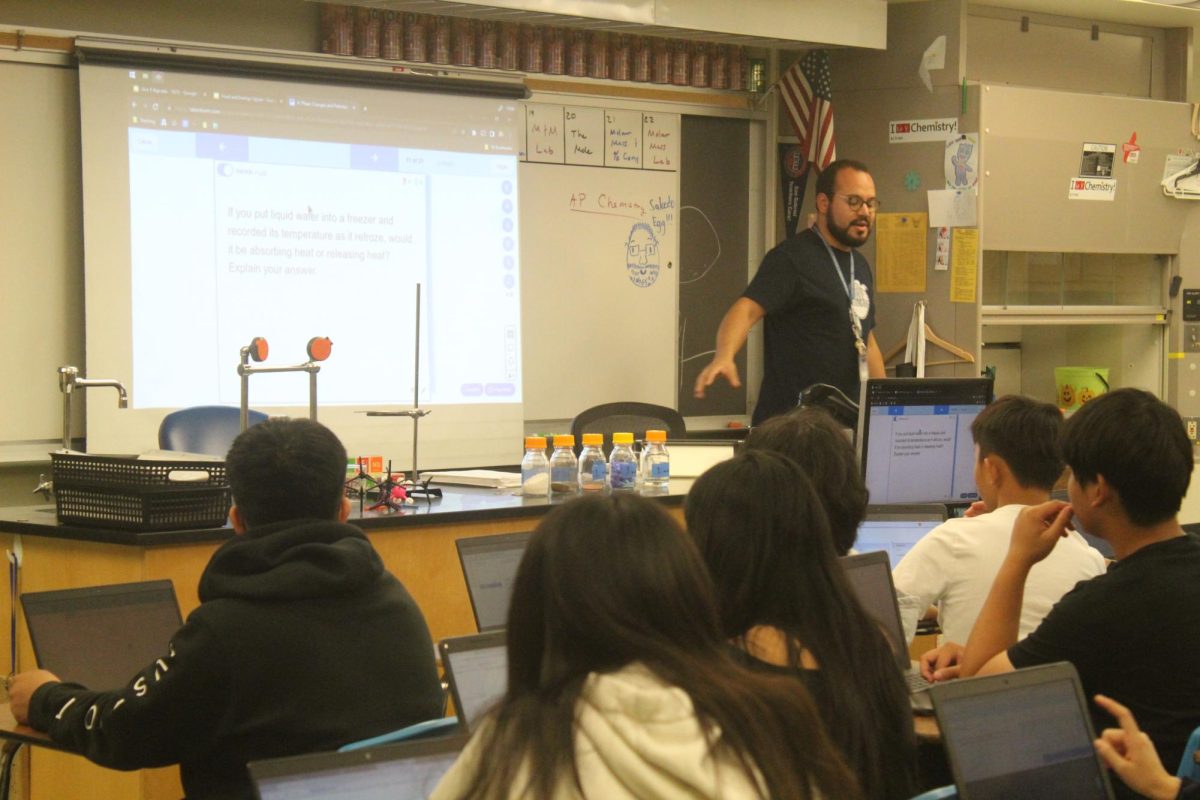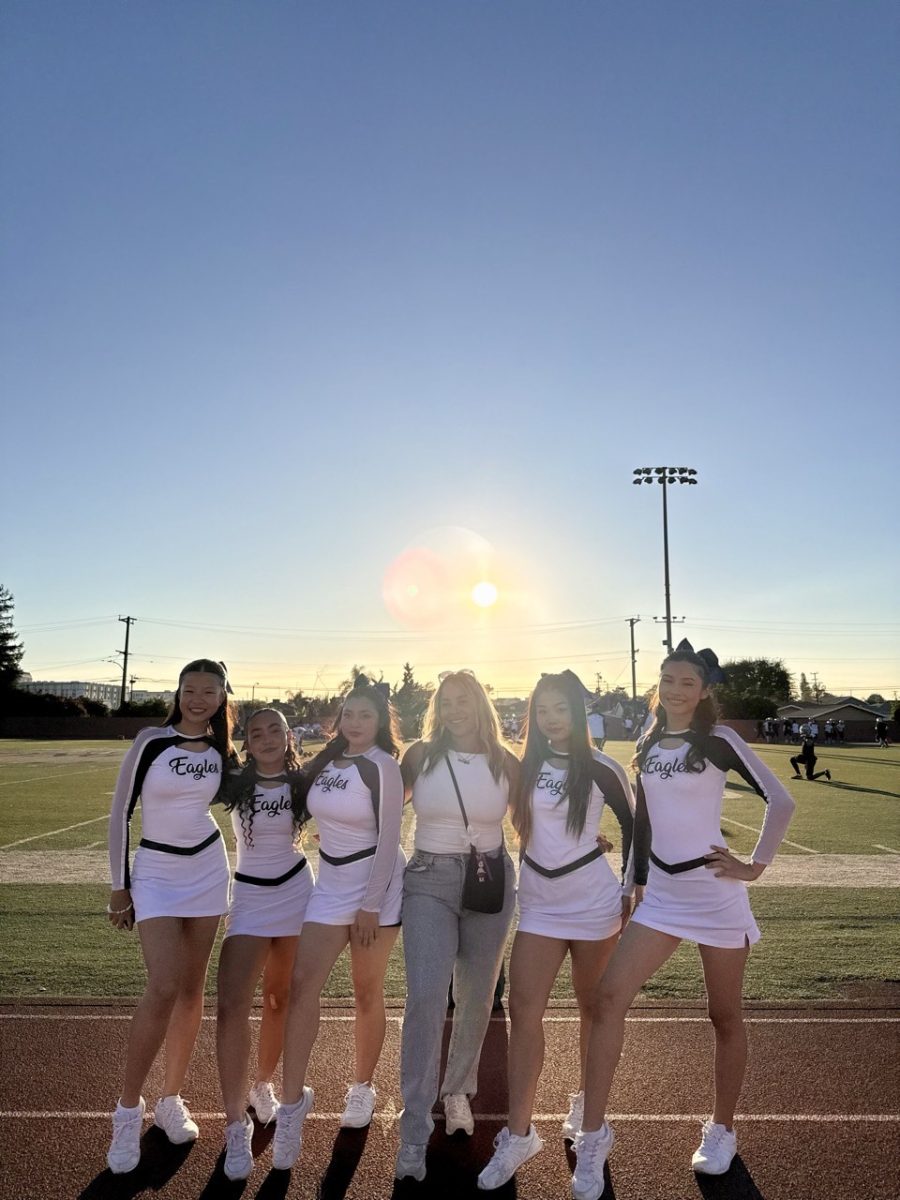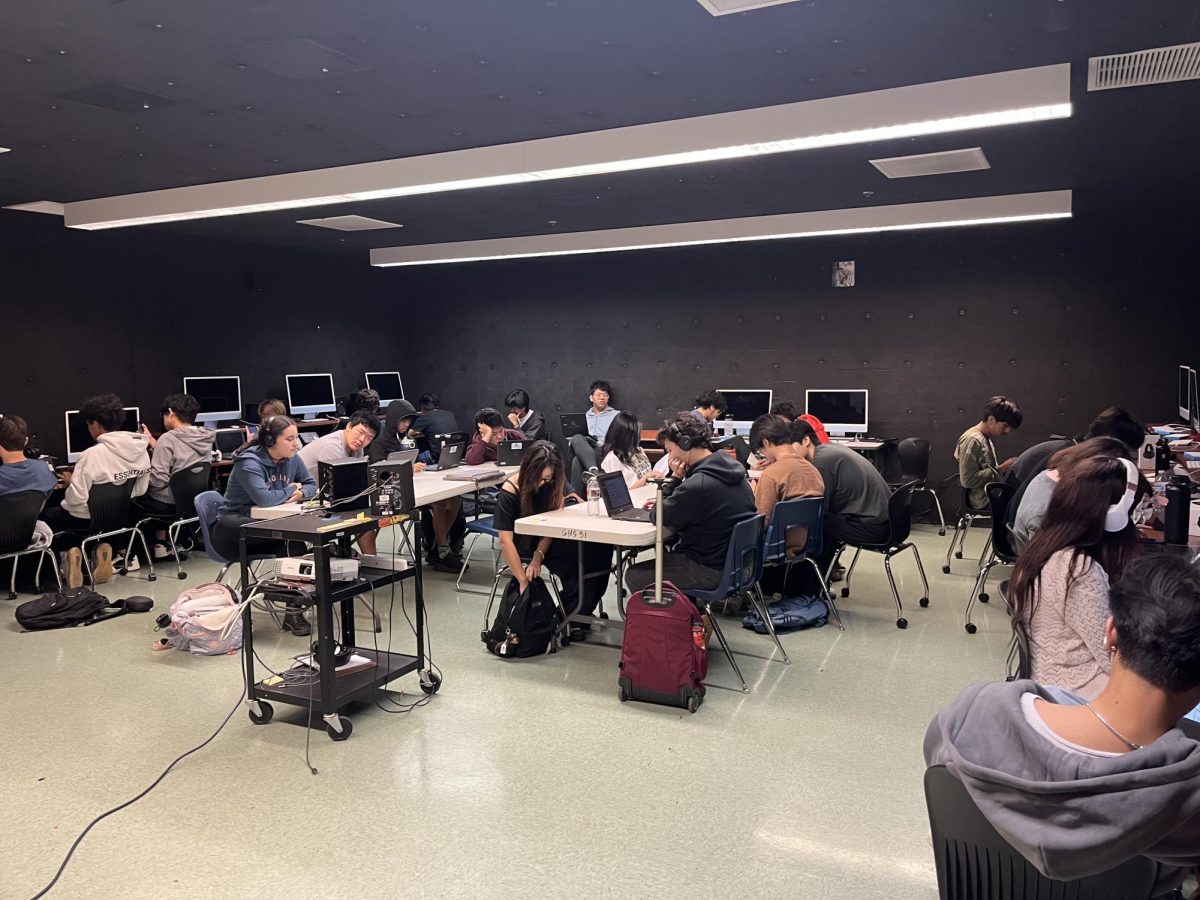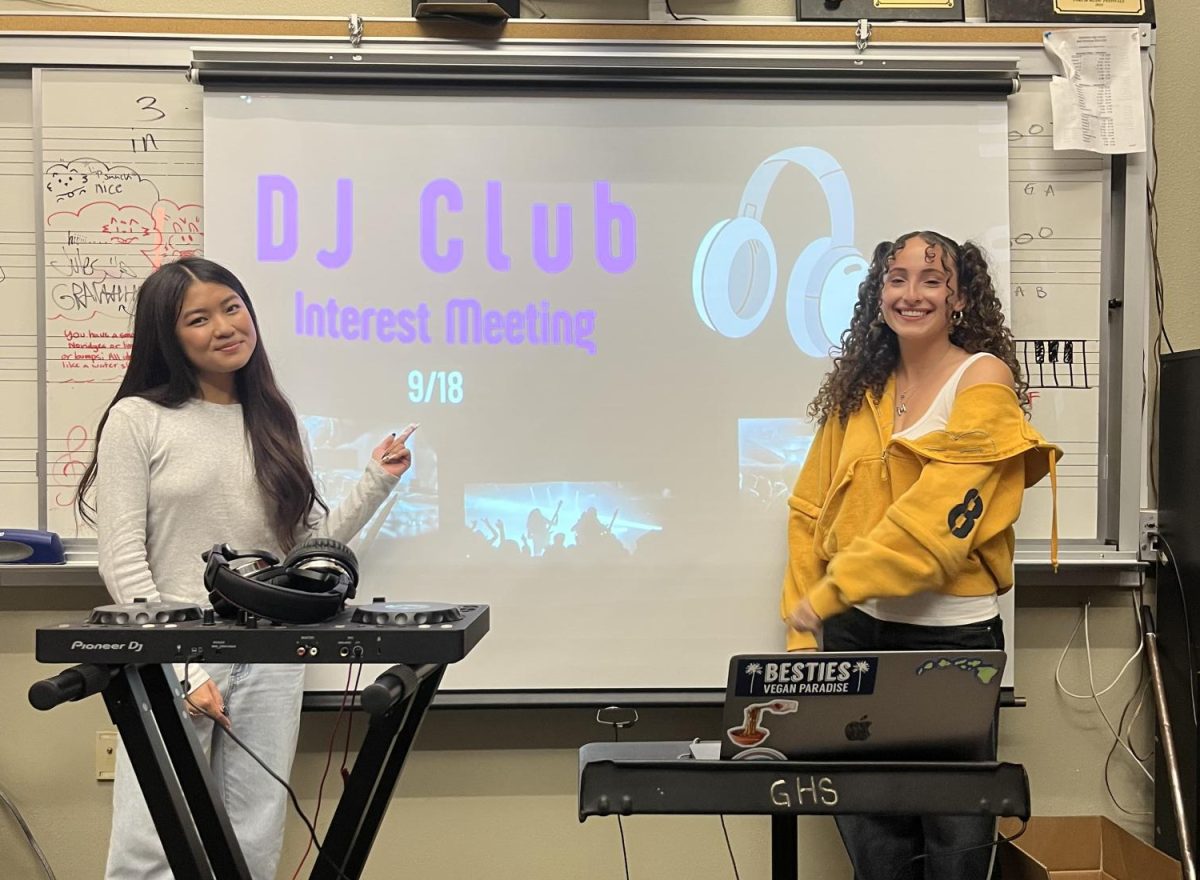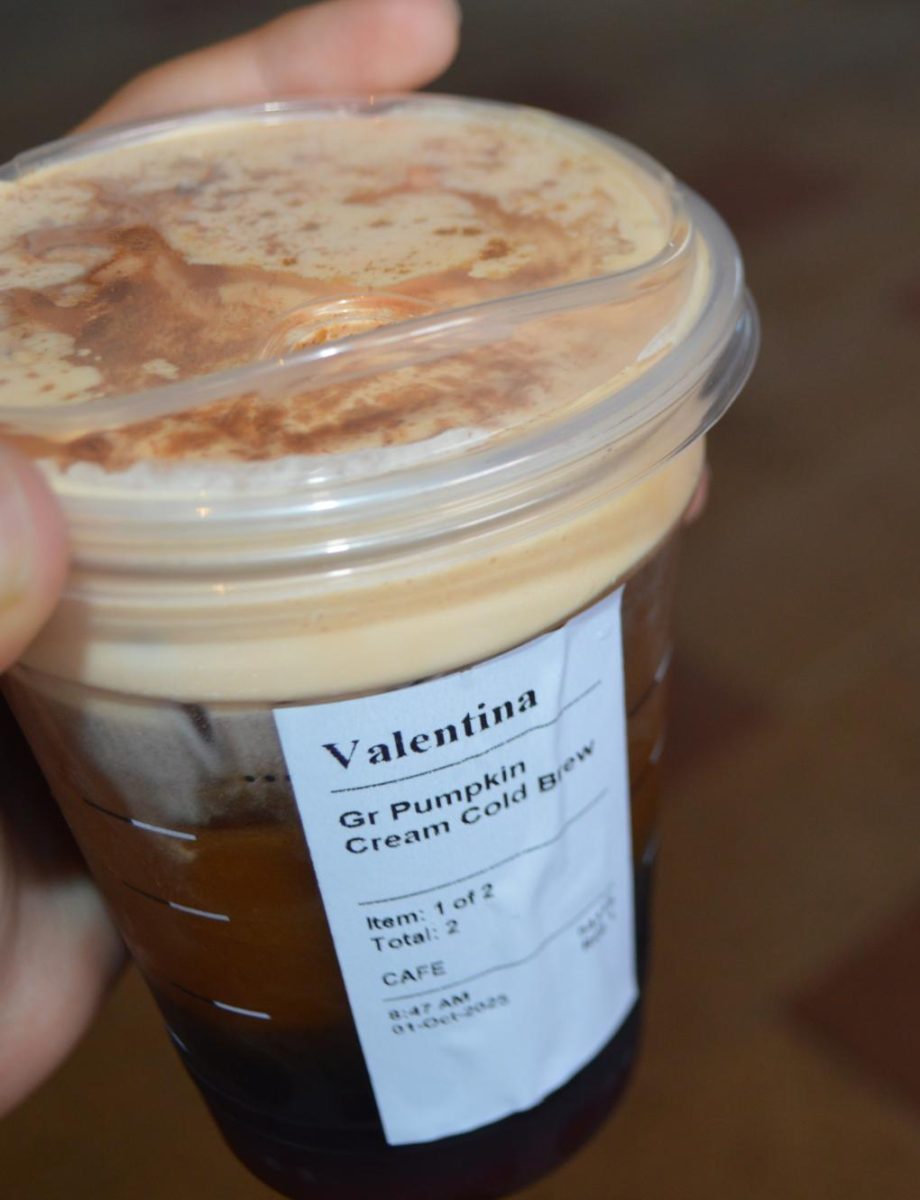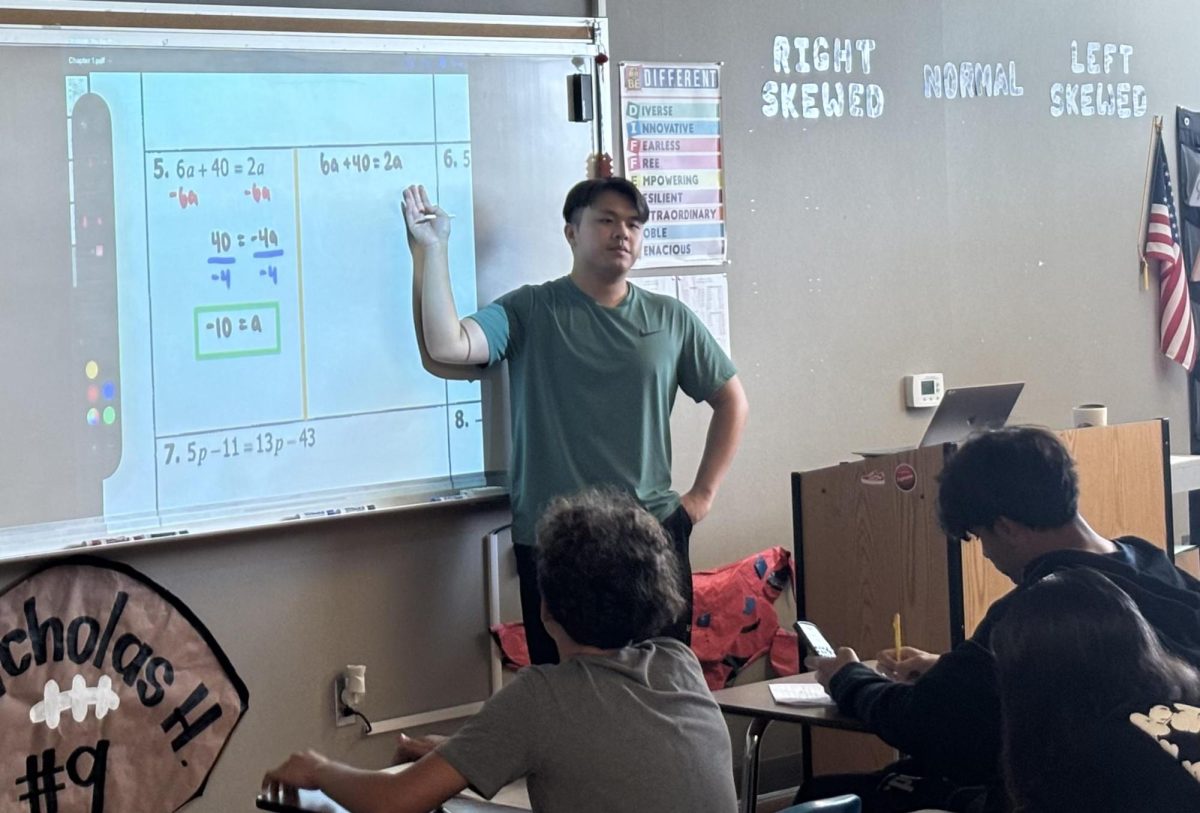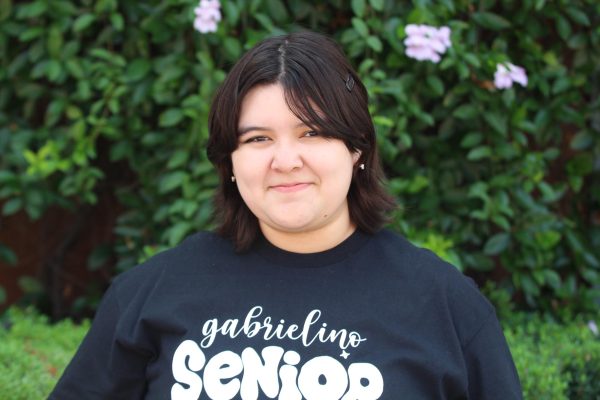Tucked away in B201 on the second floor of the B building, home to challenging courses like Honors Bio, Pre-Calc Honors, and AP Physics, is AP Chemistry—often considered the most challenging course Gabrielino High School offers. With equations made up of more letters than numbers, labs that require long and extensive focus, and extended finals, AP Chem has earned a reputation for demanding work and challenge.
Even at a national level, according to the score distributions released by the College Board every year, AP Chemistry pass rates have gone as low as 52%. That’s saying nothing about the percentage of 5’s, which has rarely gone above 10%.
“First semester pretty good. Second semester pretty good, second month, AP exam was easier than the class, oh my gosh“, junior Nathan Li says with his hands on his head, of a particularly bad experience. “The class was impossible. My test average was 60-ish,” he furthers.
For junior Caitlyn Dong, it was “a lot of dumb mistakes” and “curveballs”. Senior Tony Nguyen took the course 2 years ago but shares the same sentiment.
“It’s just a lot of info,” he explained. “There’s lots of twists, there’s a lot of exceptions”.
Yet sophomore Alexander Sengelmann is taking the course because he views it as “fun”. In fact, AP Chemistry had 2 full classes of 36 at the beginning of this school year and still stands strong with over 60 students. Navigating through a jungle of labs, stoichiometry, and equilibrium is the AP Chemistry teacher, Joseph Salcedo.
“I was offered the opportunity to teach it […] last year,” said Salcedo. “I’ve been tutoring AP Chemistry for, whew, this is my 8th year tutoring.”
Part of the reputation the class has earned is due to the rigor of both the math and science students must understand to succeed. Though students are required to have completed Algebra 2 before enrolling, even those studying Pre-calculus sometimes find the math difficult.
“It’s definitely more math-heavy, and so I want to encourage the mathematical thinking and analytical side of the brain,” commented Salcedo.
This is especially true, Salcedo tells us, given a unique quirk of Gabrielino, that it’s taught to sophomores as a first-year chem course when many other high schools teach it as a second-year course. This means it’s one of the first APs sophomores even encounter to begin with.
“You don’t have APs in freshman year, but you do have them in sophomore,” said junior Joanna Zhao.
She identified the struggles of AP Chem as having more to do with the many other classes sophomores suddenly have to juggle in their second year.
Almost every single concept has complex equations behind it. The ideal gas law MV = nrt is a painful memory for some, but it’s often how quickly these concepts are thrown at students that make them so hard. As the AP exam gets closer and closer, students and teachers must scramble to cover the remaining material, unfortunately making March and April some of the most stressful months in AP Chemistry. Last April, some AP Chemistry students may remember fondly how they had to come in on a Saturday to learn the remaining material.
Yet with the extra rigor of AP Chem comes extra trust and independence in labs, at once an appeal and dreaded aspect of the class. For Alexander Sengelmann, that was a main draw to the class, something Salcedo describes as “letting go of the reins.” and “putting the students into control”.
“Hey this is the question we’re trying to solve… write your procedure, get your data, I’ll sign off on it,” stated Salcedo. “That’s what real scientists do, they have a problem and they quickly figure out a way to plan and execute that solution.”
As an introductory but rigorous chemistry course, the AP course is there to show students the roles they’ll play as scientists.
For sophomore Ajani Romero, the course is a chance to see what chemists like NileRed have to do daily and his prospective career as an aerospace engineer. He sees the class as an opportunity to “broaden his horizons”.
Even with all its difficulty, many former AP Chemistry students still thought the class was worth taking in the end.
Senior Kailey Trinh may not have gotten the AP score she wanted, but that didn’t diminish any of the value she got from the class. Junior Joanna Zhao shares the same sentiment, commenting that the class “was challenging and fun at the same time.”
“If you run an organized class, and things are communicated in a clear and purposeful matter, students will rise to the occasion,” Salcedo finally tells us.
And there is reason to be hopeful about AP Chemistry this year. Score distributions from last year yielded a nearly 75% pass rate, with 15% getting a 5.
“If I do what I need to do to be prepared, I don’t see a reason why I can’t get a 5.” Ajani Romero says confidently.

